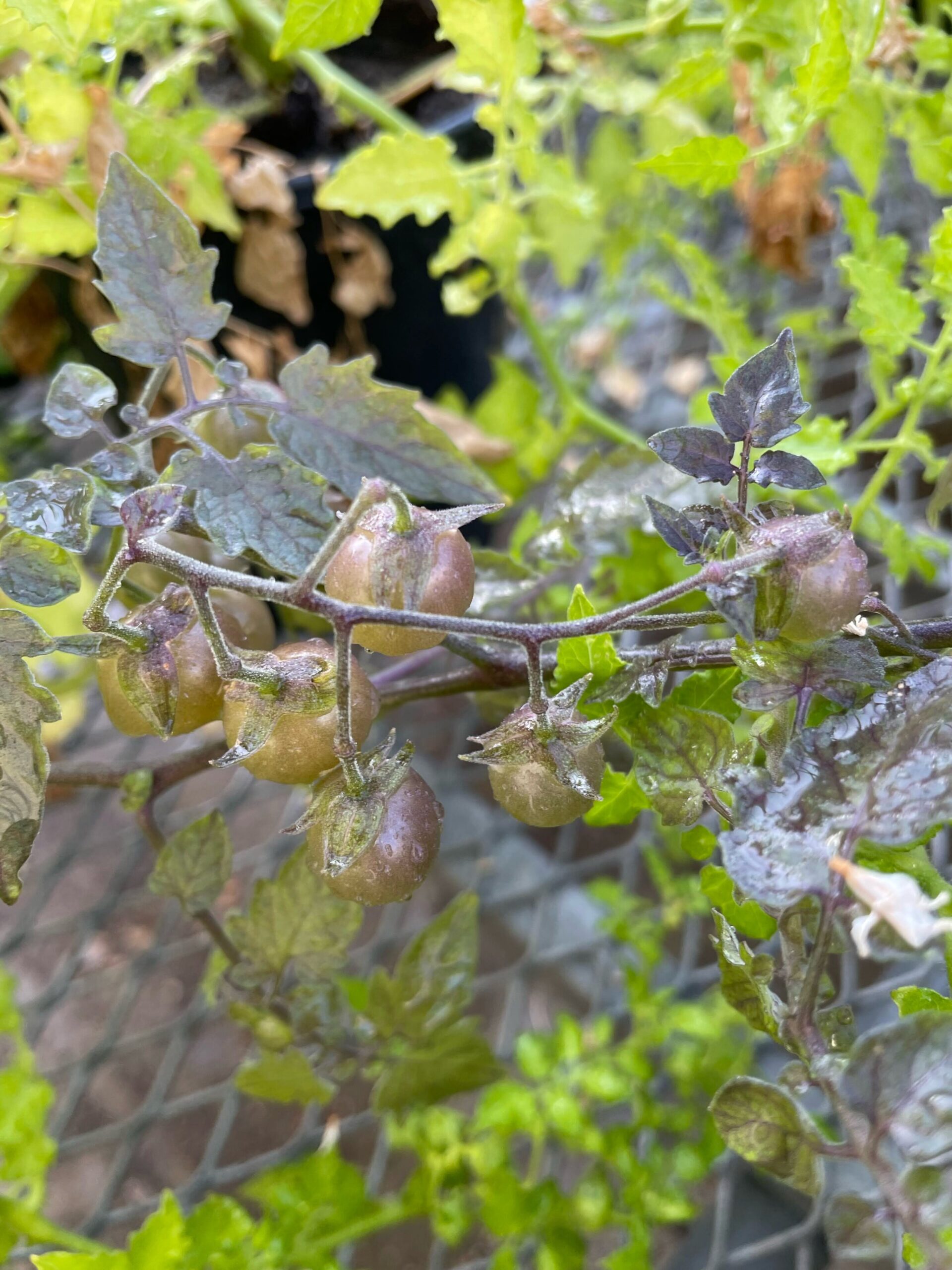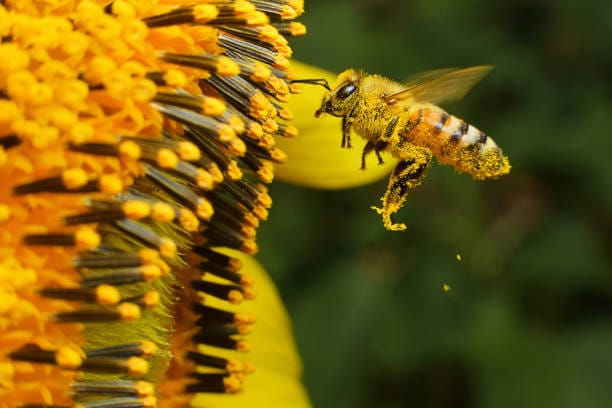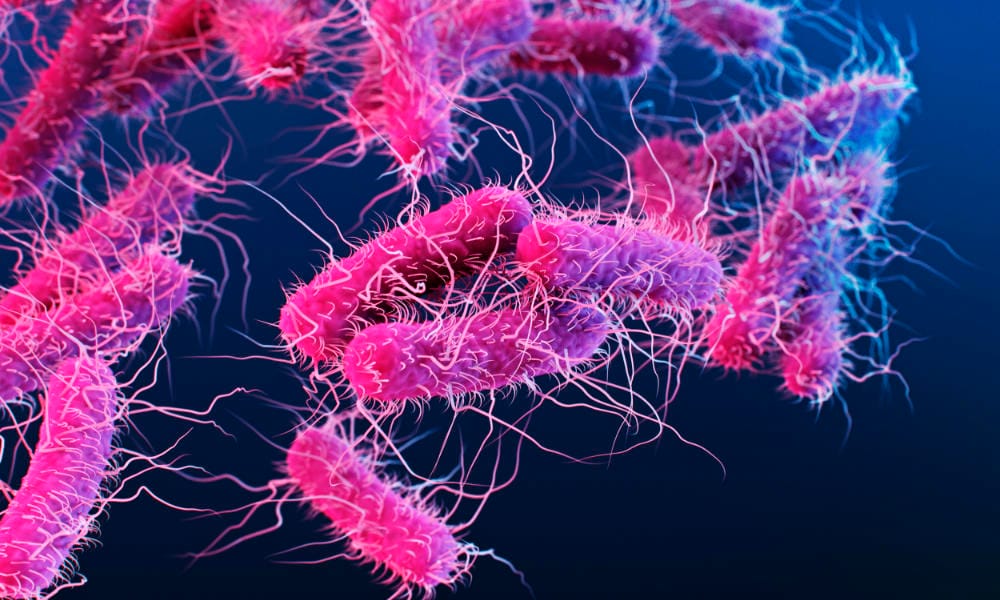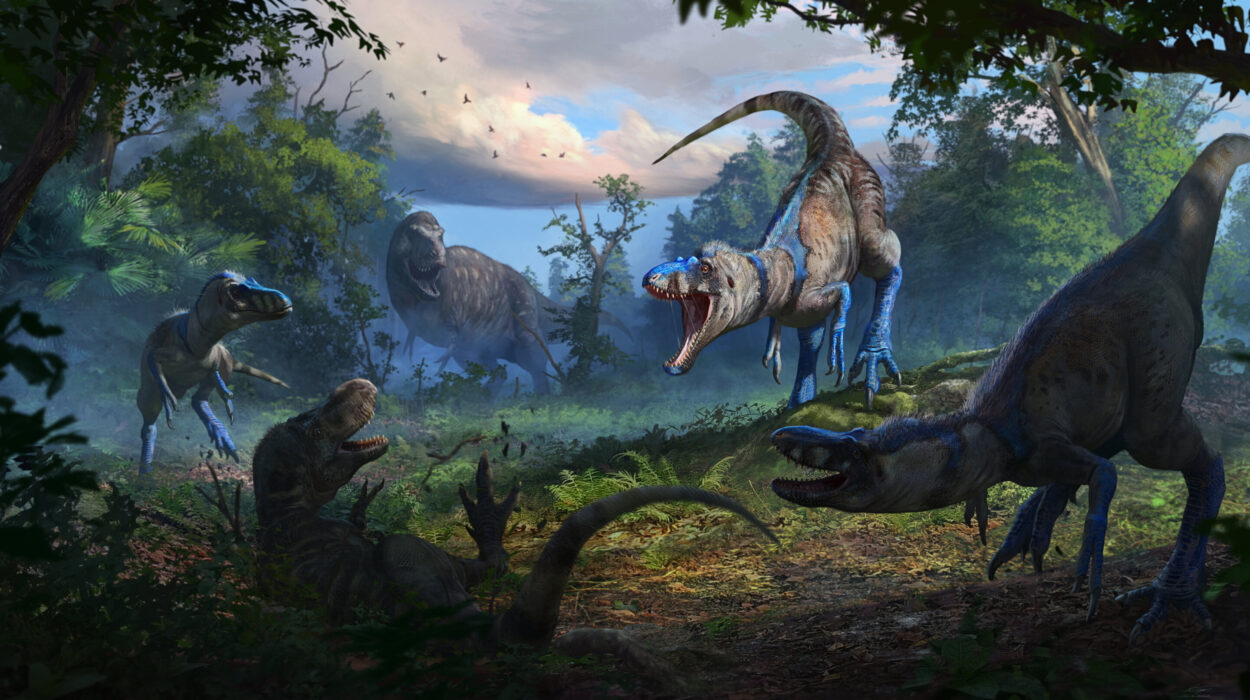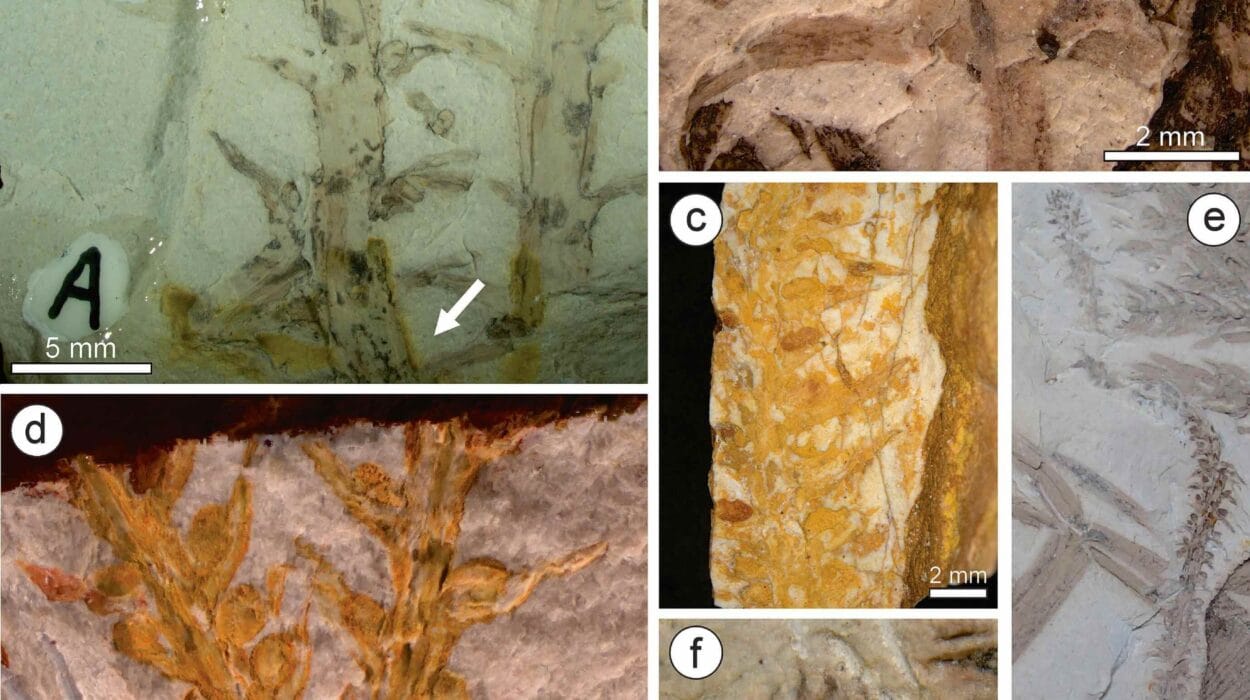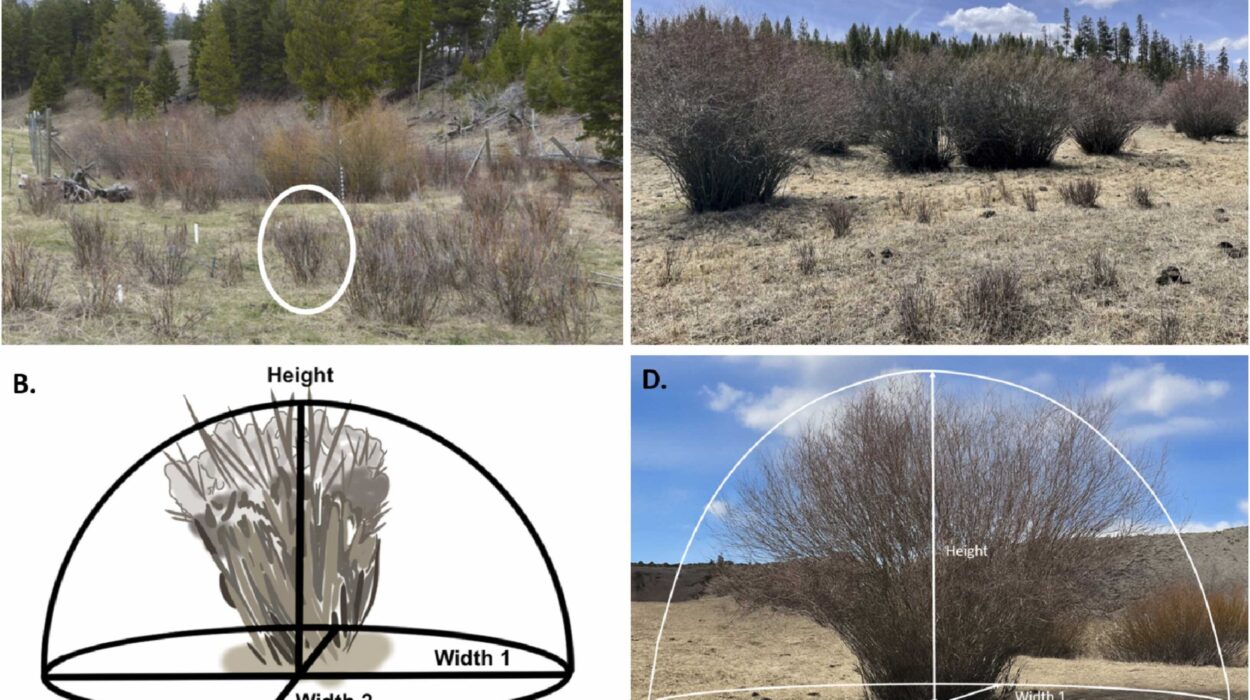High above the waves crashing on the lava-forged shores of the Galápagos Islands, something quietly extraordinary is happening. Wild tomato plants—tough, wiry survivors clinging to the black volcanic soil—are rewriting the rules of evolution. In a twist of botanical fate, these plants appear to be shedding millions of years of genetic progress, reverting to a lost state their ancestors abandoned long ago. And in doing so, they may be challenging one of biology’s most sacred assumptions: that evolution doesn’t run in reverse.
Published recently in Nature Communications, a new study led by scientists at the University of California, Riverside, documents what may be one of the clearest chemical cases of so-called “reverse evolution” ever recorded. These tomatoes are not just evolving—they’re time-traveling.
A Toxic Transformation in Paradise
The Galápagos archipelago has always been a living laboratory of change. Its famous finches helped Charles Darwin shape his theory of natural selection. Now, its tomatoes are offering a new kind of lesson—one written in molecules, not feathers.
Tomatoes, like their nightshade cousins—eggplants, potatoes, peppers—produce alkaloids, bitter-tasting chemicals that function like natural pesticides. While some alkaloids can be beneficial, others are toxic to both animals and humans. In cultivated tomatoes, these compounds are carefully regulated through generations of breeding. But in the wild? It’s the environment that decides what stays and what goes.
What caught the attention of UC Riverside’s team wasn’t just that Galápagos tomatoes made alkaloids—that was expected. It was that some plants were producing a kind of alkaloid no one had seen in tomatoes for millions of years, one that bore a closer resemblance to compounds found in eggplants than anything currently seen in modern tomato chemistry.
“It’s not something we usually expect,” said lead author Adam Jozwiak, a molecular biochemist at UC Riverside. “But here it is, happening in real time, on a volcanic island.”
Two Islands, Two Paths
The researchers studied more than 30 tomato samples collected from across the Galápagos. What they found was striking. On the eastern, older islands, where ecosystems are more stable and soil is richer, the tomatoes were behaving like their cultivated cousins—producing the standard suite of alkaloids. But on the younger western islands, still jagged with recent lava flows and poor in nutrients, the chemistry had changed. There, tomatoes were crafting a different, ancestral version of alkaloids—ones not seen in tomatoes for ages.
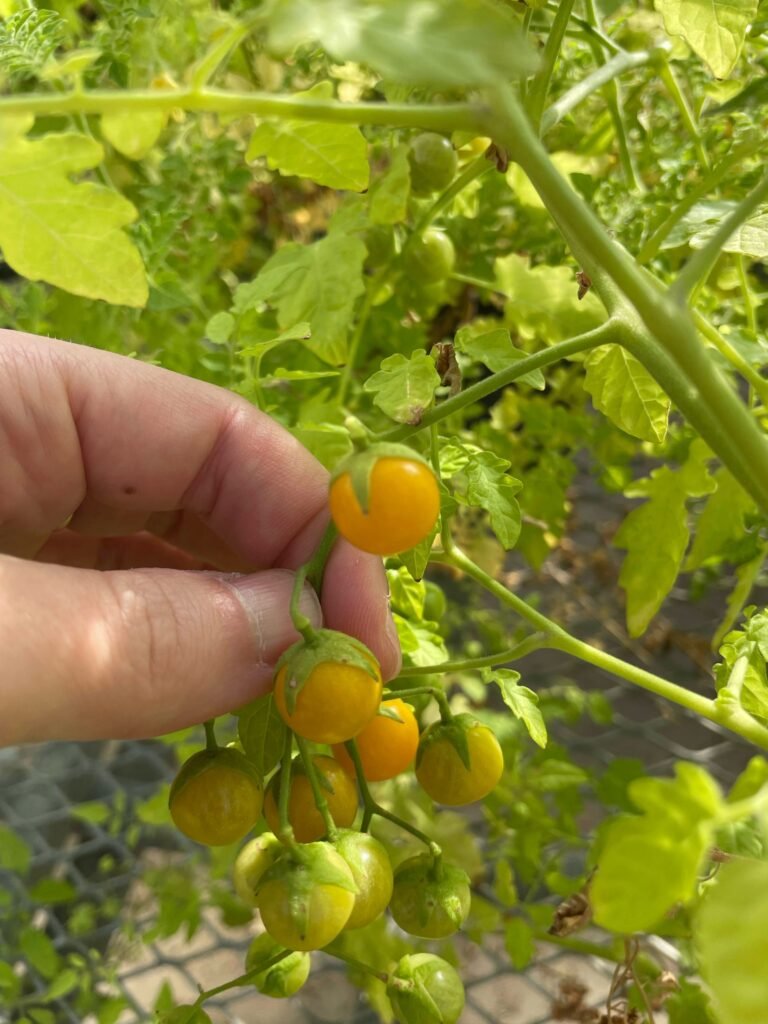
This wasn’t just a random quirk. The chemical shift was tied directly to stereochemistry—the three-dimensional arrangement of atoms in molecules. In biology, stereochemistry can mean the difference between a harmless compound and a deadly toxin. Despite having the same atomic makeup, the reconfigured molecules behaved entirely differently.
So how were these plants resurrecting old chemistry?
The answer lay in the enzymes.
The Enzyme Switch
By examining the genes responsible for producing alkaloids, the researchers zeroed in on a key enzyme. They discovered that altering just four amino acids—the molecular building blocks of proteins—was enough to flip the enzyme’s function, switching it from producing the modern compound to crafting its ancestral version.
To prove it, they synthesized the altered gene in the lab and inserted it into tobacco plants. The result? The tobacco plants started making the same ancient alkaloids as the tomatoes on the younger islands.
The evidence was overwhelming: with only the tiniest of changes, the plants had regained a chemical trait lost to evolutionary time.
Is This Reverse Evolution?
The idea that evolution could run backward is deeply controversial. Evolution is traditionally viewed as a one-way street: once a trait is lost, especially through changes to complex genetic pathways, it’s gone for good. While animals and plants can sometimes re-evolve similar traits under pressure—wings, limbs, eyes—the exact reactivation of ancestral genes through the same mechanisms is extremely rare.
But that’s what seems to be happening here.
“Some people don’t believe in this,” Jozwiak admitted. “But the genetic and chemical evidence points to a return to an ancestral state. The mechanism is there. It happened.”
To double-check, the team used evolutionary modeling to simulate the ancestral traits of ancient tomatoes based on their DNA. Sure enough, the alkaloids in today’s western island plants matched those likely produced by their long-extinct ancestors.
The Environment Strikes Back
So why would tomatoes on some islands revert to old chemistry?
The team believes that environmental pressure is the trigger. On the newer western islands, the soil is less developed, the plant ecosystem more sparse, and the challenges more intense. There are fewer microbial partners to help defend the plant. The ancestral alkaloid might simply offer better protection under these harsher conditions—making it more likely for plants with the old chemistry to survive and thrive.
It’s natural selection, playing in reverse. Not because the clock has turned back, but because the future demanded something from the past.
Bigger Implications, Far Beyond Tomatoes
This discovery isn’t just a curiosity for botanists. It carries powerful implications for our understanding of how evolution works—and what it might mean for the future of life on Earth.
If long-lost traits can reappear under pressure, what does that say about the plasticity of evolution? Could humans, too, have dormant genes capable of reactivation in certain environments? Could traits once thought to be extinct re-emerge under the right conditions?
“I think it could happen to humans,” Jozwiak said. “It wouldn’t happen in a year or two, but over time, maybe, if environmental conditions change enough.”
He’s not suggesting we’ll grow tails or gills anytime soon. But the broader point stands: evolution is more flexible than we imagined. Genes can lie dormant for eons. Ancient traits can be hidden in plain sight. And sometimes, life moves forward by reaching backward.
Nature’s Blueprint for Innovation
There are practical applications, too. Understanding how tiny tweaks to enzymes can reshape plant chemistry could help scientists engineer crops that are less toxic, more nutritious, or naturally pest-resistant. It could even pave the way for new medicines based on ancient biochemical pathways.
“If you change just a few amino acids, you can get a completely different molecule,” said Jozwiak. “That knowledge could help us engineer better food, better drugs. But first, we have to understand how nature does it.”
This study is one step closer to that understanding. And it started with a tomato plant, quietly reawakening its evolutionary memory on a remote volcanic island.
In the ever-turning story of life, sometimes the past isn’t buried—it’s waiting.
Reference: Adam Jozwiak et al, Enzymatic twists evolved stereo-divergent alkaloids in the Solanaceae family, Nature Communications (2025). DOI: 10.1038/s41467-025-59290-4
